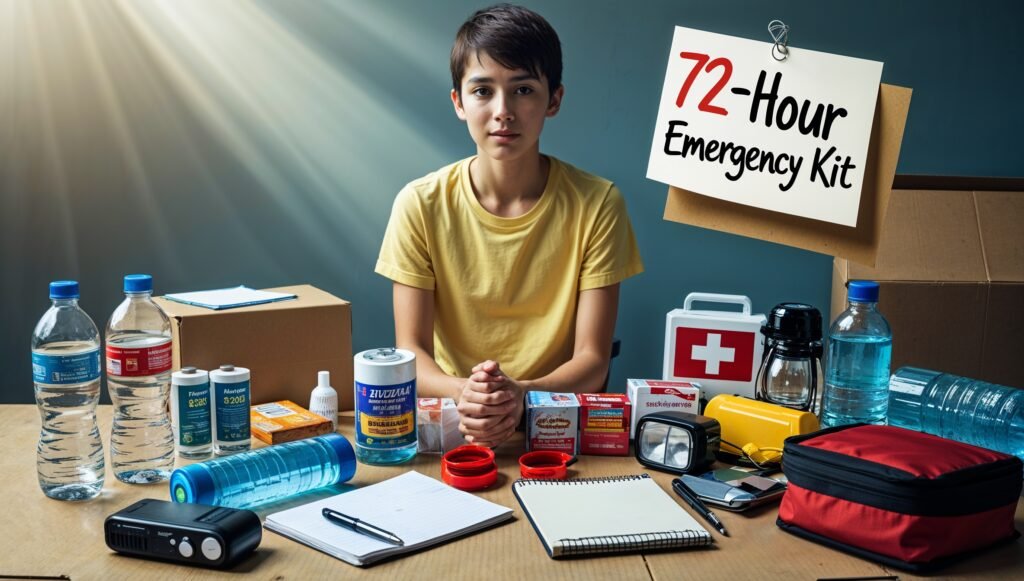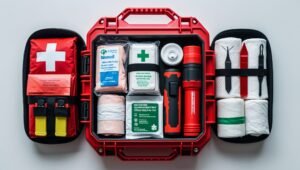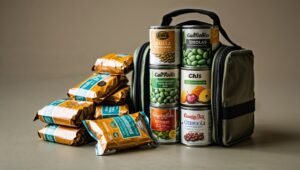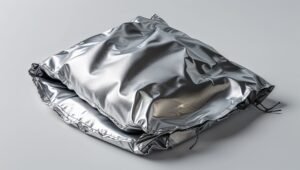
In an emergency, it’s crucial to be prepared, but building a 72-hour emergency kit can seem expensive. The good news is that you can put together a fully functional emergency kit on a budget without compromising on the quality or necessities you’ll need. Whether you’re preparing for a natural disaster, power outage, or other emergencies, having a well-stocked kit can make a world of difference.
In this guide, we’ll walk you through the essentials you should include in your 72-hour emergency kit and how to put it all together without breaking the bank.
Why Do You Need a 72-Hour Emergency Kit?
Emergencies can happen, and when they do, you might find yourself without access to essential services like water, electricity, or food. A 72-hour emergency kit helps you survive for up to three days during a crisis. It’s a self-sufficient package that provides you with food, water, shelter, and first-aid supplies until help arrives or services are restored.

Essential Items for Your 72-Hour Emergency Kit
To build a budget-friendly emergency kit, you need to focus on the essentials. Here’s a breakdown of the key items every emergency kit should include:
Water is the most important item in your emergency kit. You’ll need at least one gallon per person per day. If you’re on a tight budget, consider buying larger water jugs instead of smaller bottles, as they are cheaper. Alternatively, water purification tablets or a portable water filter can also be a great budget-friendly option.
Tip: Stock up on water during sales, or buy refillable water containers to reduce costs.
Non-Perishable Food You’ll need enough food to last you three days. Opt for lightweight, non-perishable food that’s easy to prepare. Canned goods, granola bars, peanut butter, and freeze-dried meals are all great options. Look for multi-pack deals or bulk items to keep costs low.
Tip: Look for sales or bulk-buy items from wholesalers to cut costs on food

First Aid Kit A well-stocked first aid kit is a must-have for any emergency. You can either buy a pre-made kit or create your own by purchasing individual items like bandages, antiseptic wipes, pain relievers, tweezers, and scissors. The DIY approach is often more affordable and allows you to customise the kit based on your needs.
Flashlight and Batteries Power outages are common in emergencies, so having a reliable flashlight is essential. LED flashlights are energy-efficient and last longer, making them a brilliant choice for an emergency kit. Consider purchasing a crank-powered flashlight to avoid needing batteries.
Tip: Look for multi-function flashlights that include a built-in radio or USB charger.
Multi-Tool or Swiss Army Knife A multi-tool or Swiss Army knife is one of the most versatile and useful items you can include in your emergency kit. It serves as a knife, screwdriver, pliers, and more. A simple, budget-friendly tool can provide a range of functionalities in a compact design.
Warmth and Shelter A basic emergency shelter, such as a space blanket or emergency bivvy bag, is essential. These items are lightweight and provide warmth, helping to prevent hypothermia in cold conditions. You can find affordable emergency blankets and sleeping bags at most outdoor retailers.

Personal Hygiene Items Hygiene items are often overlooked in emergency kits, but they’re essential for both comfort and health. Include items like hand sanitizer, wet wipes, toothpaste, and a small towel. These items are inexpensive but will make a big difference in your overall well-being during an emergency.
Phone Charger or Solar Charger Staying connected during an emergency can be life-saving. Include a portable phone charger or a solar-powered charger in your kit. Solar chargers are a great option because they don’t rely on traditional power sources, and they can charge multiple devices.
Budget-Friendly Tips for Building Your Emergency Kit
Now that you know the basics, here are some tips to help you build a 72-hour emergency kit without breaking the bank:
Buy in bulk: For items like food, water, and first aid supplies, buying in bulk is often cheaper than purchasing smaller quantities. Look for wholesale stores, discount retailers, or online deals.
DIY Kits: As mentioned earlier, creating your own first aid kit and emergency supplies can save you money. You can buy individual items that fit your specific needs instead of purchasing expensive pre-assembled kits.
Use What You Have: Don’t feel you have to buy everything new. Look around your home for items you can repurpose, such as blankets, flashlights, or spare batteries. Using what you already own can help reduce the cost of building your kit.
Focus on Quality Over Quantity: You don’t need to stock up on excessive amounts of each item. Instead, prioritise quality and ensure that you have enough of the essentials to last you for three days.
Enhance Your Emergency Preparedness with Our Ebooks and Guides
For more tips on building a budget-friendly emergency kit and preparing for unexpected events, check out our comprehensive Emergency Preparedness Guide. This guide offers step-by-step instructions, helpful checklists, and expert advice to ensure you’re ready for anything life throws your way.
Our 72-Hour Emergency Kit Checklist ebook is available for purchase, packed with detailed recommendations, links to budget-friendly products, and more to help you create the perfect emergency kit on a budget.
Finally
Building a 72-hour emergency kit doesn’t have to be an expensive endeavour. By focusing on the essentials and making smart, budget-friendly choices, you can create a life-saving kit that will help you stay safe during any crisis. Water, food, first aid supplies, warmth, and basic tools are all you need to get started.
With a little planning and creativity, you can ensure that you and your family are ready for anything — without spending a fortune.
For more emergency preparedness tips, be sure to explore our resources on FixItSmartly.com!
FixItSmartly.com helps everyday people save money and build confidence by tackling home and car repairs with easy, practical DIY solutions. Live smart, safe, and self-reliant — one fix at a time.
Copyright © 2025 Fixitsmartly